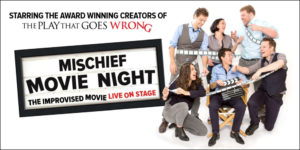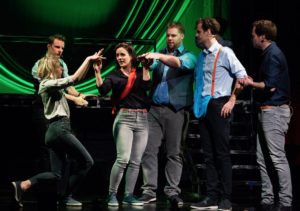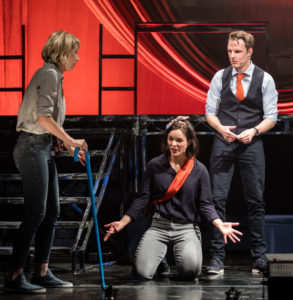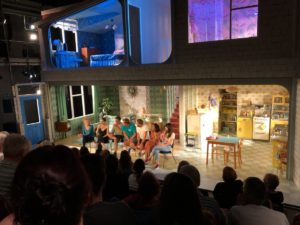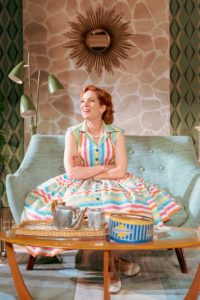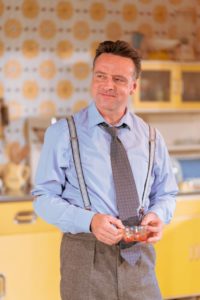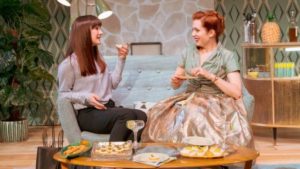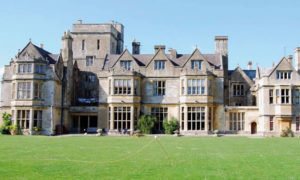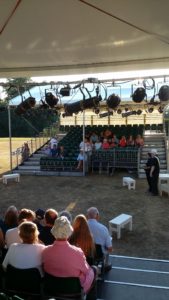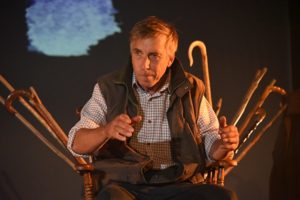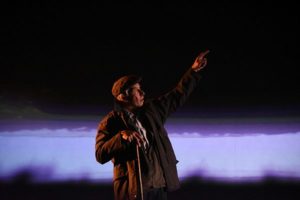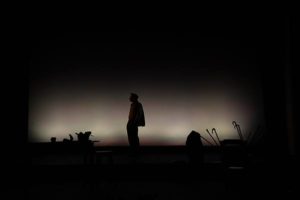 (3.5 / 5)
(3.5 / 5)
The real-life story of Eva Perón is a classic case of fact being stranger than fiction, and couldn’t be more suited to adaptation as a musical, and a highly successful musical at that ever since Andrew Lloyd Webber and Tim Rice’s hit production in London’s West End back in 1978, followed by Broadway a year later and since then a string of professional productions worldwide.
Eva Duarte was living in poverty in rural Argentina in the late 1930s when her involvement with a musician takes her to Buenos Aires where her determination to become a star eventually results in a meeting with Argentinian Colonel Juan Perón at a benefit concert. He too has an ambition – in his case to become President of Argentina. With Eva – who later becomes known as Evita – by his side he succeeds. Meanwhile, despite her unflagging work for the poor of the country, Eva’s extravagant lifestyle leads to criticism.
This new production by the really Useful Group under the banner of Bill Kenright breathes new life into the show with a brand new cast including the charismatic Glenn Carter as Che. Acting as narrator, Carter’s expressive delivery and fine voice guide the audience through the twists and turns of the story of the ambitious girl from the sticks who becomes the wife of the President of Argentina, with all the trappings of wealth and status that go with it.
Taking on the role of Eva is Lucy O’Byrne – not an easy task, given that not one but two showbiz icons – Elaine Paige in the Seventies West End production and Madonna in the film – have previous in this respect. O’Byrne’s voice is strong but she needs to guard against a resulting loss of clarity at times, which is shame given the emotive quality of Tim Rice’s wonderful lyrics. O’Byrne came into her own in the second half with her performance of what was to be Eva Perón’s last appearance and her singing of ‘Don’t Cry For Me, Argentina’ – heart-rending in its beauty. Interpreted by, and under the baton of musical director Anthony Gabriele, Andrew Lloyd Webber’s marvellous musical score is given full throttle, at times to the extent of being overloud in the first half but meltingly moving in the highly charged and emotional second half.
Good to see some of the talent that comes out of Wales in Swansea-born Mike Sterling as Perón. Historically in the musical the role is underplayed in relation to that of Eva. Accordingly, Sterling gives us only a glimpse of the man that was Perón leaving us aware that behind a pragmatic exterior lies an ability to recognise and rely on the power behind the throne – Eva.
Important to the first half of the story is Magaldi, the musician whose eye for the girls is Eva’s route to Buenos Aires. The dark good looks of Oscar Balmaseda make for a neat bit of casting, as does that of Cristina Hoey as Perón’s former mistress, swiftly given the boot by Eva. Although Hoey makes only one appearance, and a brief one at that, her singing of Another Suitcase, In Another Hall is up there with the best. This girl is definitely one to watch.
At the end of the day it is, as with much if not most musical theatre, the story plus the songs that make or break the show, and here the plot is a given and as for the songs – beautiful.
Runs until Saturday 8 September 2018

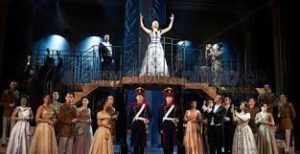
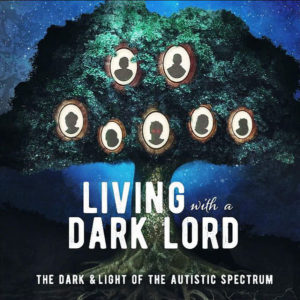
 (4 / 5)
(4 / 5)
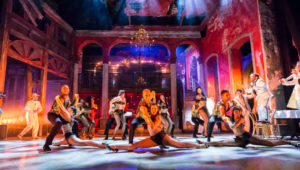

 (3 / 5)
(3 / 5)

 (5 / 5)
(5 / 5)
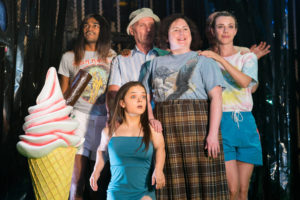
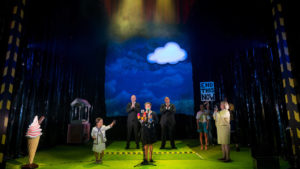
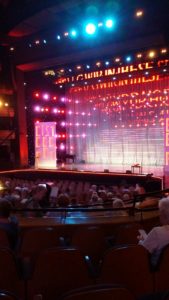
 (4.5 / 5)
(4.5 / 5)

